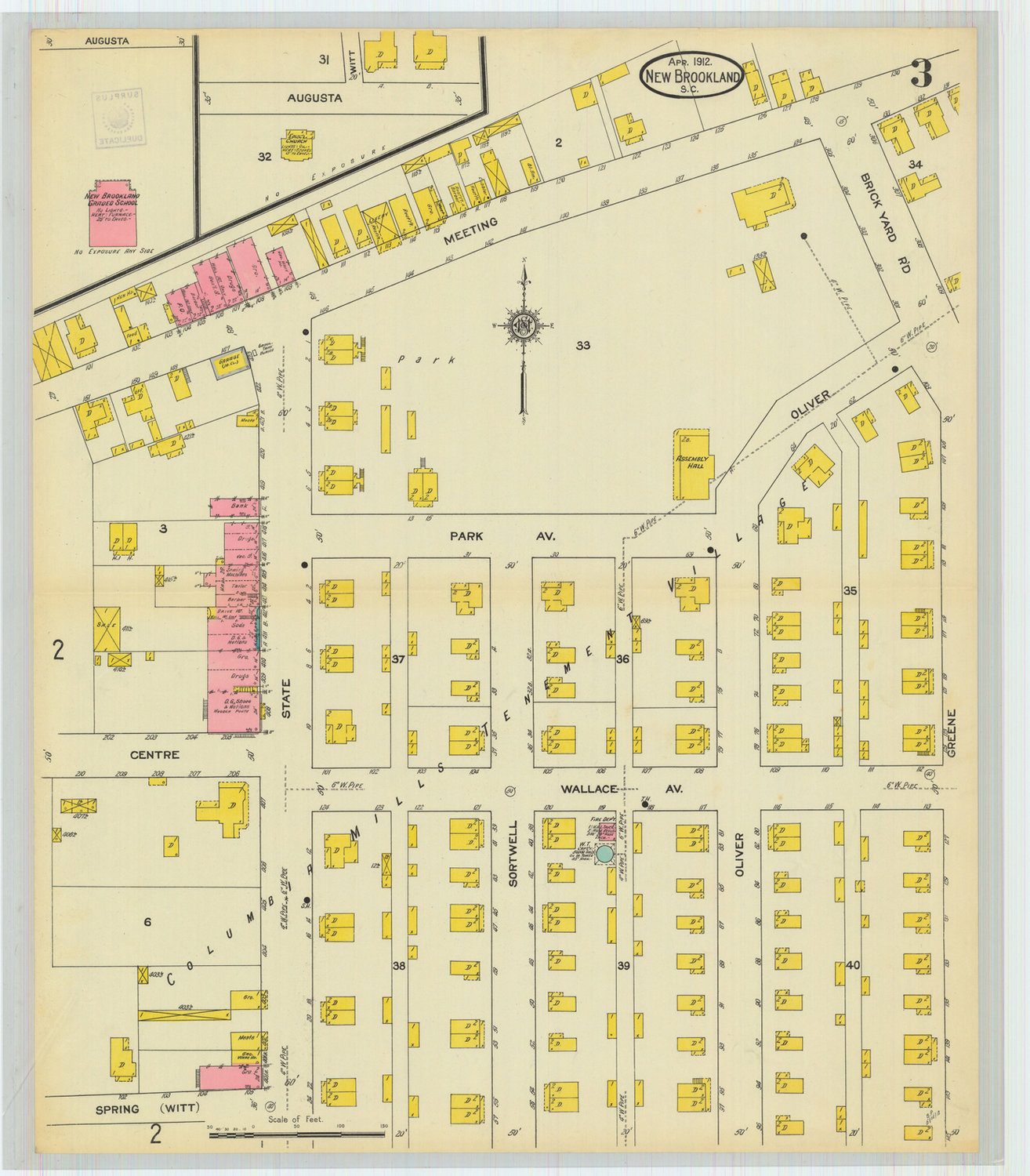The History of West Columbia
Although the location of the only bridge spanning the Congaree River in the Columbia region in the 19th century, the area now known as West Columbia was not heavily settled during that time period.
This item is available in full to subscribers.
Subscribe to continue reading. Already a subscriber? Sign in
Get 50% of all subscriptions for a limited time. Subscribe today.
Please log in to continueNeed an account?
|
The History of West Columbia
Although the location of the only bridge spanning the Congaree River in the Columbia region in the 19th century, the area now known as West Columbia was not heavily settled during that time period.
Most of the land between State Street and the Congaree River was owned by the Guignard family at that time, however, and West Columbia was home to one of the state’s first textile factories, the Saluda Factory. This textile mill, located on the western side of the Saluda near the present day Riverbanks Zoo’s Botanical Gardens, was built in 1830 and made fabric for clothing for the enslaved. The Saluda Factory was burned by Union troops in 1865, rebuilt, then was destroyed by fire again in 1884. West Columbia was also the home of the Civil War prisoner of war camp known as Camp Sorghum from October to December 1864. That POW camp was located near the Saluda Factory in what is now the Saluda Gardens neighborhood.
Development in the West Columbia area took off in 1893 with the construction of the Columbia Duck Mill (now the S.C. State Museum). A village for the employees of this textile mill was constructed across the Congaree and was known as Reedersville. Local landowners decided to create a town after the establishment of the mill village, calling it Brookland. However, the existence of another Brookland in the state forced the renaming of the town to New Brookland.
The town was incorporated in November of 1894. The town grew quickly, having 5,000 residents by 1907. New Brookland was hit by a huge fire on March 4, 1905, with 49 buildings burned. The fire lasted for three hours, destroying most of the business district on State Street. New Brookland rebuilt, with many of the historic structures currently on State Street being built after this fire.
After Prohibition became law in South Carolina, New Brookland became a hotbed of illegal liquor production and transport. Much of the confiscated alcohol was kept in the jail (now the home of Savage Craft Ale Works) which led to several attempts by criminals to steal the confiscated alcohol. The entire area received an economic boost when the current Gervais Street Bridge was opened in November 1927. The bridge, which was the widest road in the state at the time, allowed for free travel between Lexington and Richland Counties, unlike the earlier bridges and ferries which required a fee. New Brookland decided to change its name to West Columbia in 1938.
West Columbia’s population remained fairly stable until the mid-20th century when the growth of suburbs and the construction of new roads such as Jarvis Klapman Boulevard and Interstate 26 caused the population to grow rapidly. West Columbia continues to be an area of high growth, with thriving businesses and neighborhoods.
J.R. Fennell has served as director of the Lexington County Museum since 2007. He holds a master’s degree in public history and a certificate of museum management from the University of South Carolina.
Keywords
lexington county history, new brookland sc, west columbia through the yearsOther items that may interest you







Comments
No comments on this item Please log in to comment by clicking here